While COVID-19 is still imposing itself on our realities, the cultural and creative sectors have been hit hard and are looking for ways to re-invent themselves and/or look for new alternative narratives and forms.
The year 2021 has been declared the International Year of Creative Economy for Sustainable Development by the UN. The main axis of the International Year is based on the recognition of the need to promote sustained and inclusive economic growth, foster innovation and provide opportunities, benefits and empowerment for all and respect for all human rights. In a post-coranavirus world is a critical moment to celebrate creative economy and its contribution to promoting sustainable development. As UNCTAD’s creative economy programme lead said, “When the resolution was being negotiated and approved, no one could have anticipated what the intervening year would hold: a status-quo-shattering pandemic”.
Supporting creative industries is also crucial in regards to achieving the 2020 Sustainable Development Goals, while UN officials have expressed fears that without them, the economic development, women’s empowerment and cultural and poverty alleviation targets are unlikely to be met. The role of culture in relation to SDGs has been long debated, nevertheless there is a momentum right now to clearly map out and demonstrate this link.
All UN agencies, including the World Tourism Organisation, UNESCO, World Intellectual Property Organization and United Nations Conference on Trade and Development will be participating in it with different activities. The most expected contribution of the year is that countries and organization will work together to enhance data collection to measure the creative economy.
Putting the spotlight on arts, culture and creative economies and those working with them require in this particular context, bold decision making and forward looking initiatives. This motivated UNESCO, following the Resiliart movement, to publish the Guide Culture in Crisis: Policy guide for a resilient creative sector. In the guide one can find advice on how to respond to the pressures of the current environment by crafting policies that induce structural and systemic changes (contrary to short-term solutions) to support the creative ecosystem wave its path towards a “new normal”. The support measures are analysed in the categories of 1) direct support for artists and cultural professionals, 2) support for sectors of the cultural and creative industries and 3) strengthening the competitiveness of the cultural and creative industries.





Leave a Comment